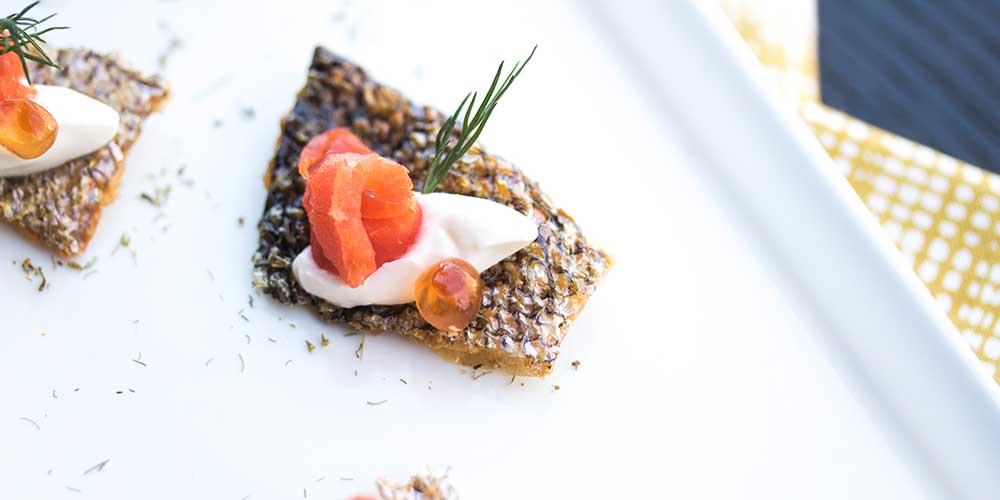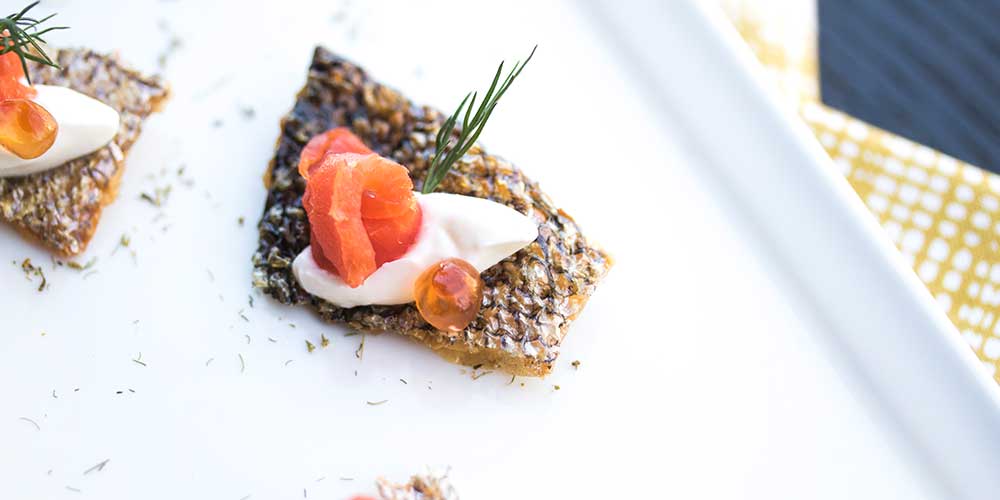
The term ‘amuse bouche’ (pronounced ah-myuz boosh) is literally translated into 'mouth amuser' in French. Its origins can be traced back to the nouvelle cuisine movement in the early 1970s and it has eventually become associated with flair, grace and elegance.
It is similar to canapes, in the sense that both are small servings of food. But unlike canapes, amuse bouche are little bite of food meant to amuse the mouth and invigorate the palate. This gives rise to its more delicate translation as 'palate pleaser'.
Amuse bouche is usually served before the appetisers, at the start of a multi-course dinner and is complimentary. They can range from just one dish and up to six or seven.
It would be a mistake to assume that amuse bouches are an afterthought when it is in fact just as well thought-out as the other courses.
They can vary from traditional broths or mousses in espresso cups, to creative plays that deploy an array of props.
It is also a way for many chefs to experiment with new ingredient pairings and techniques. It is also an excellent teaser of what is yet to come during the meal.



